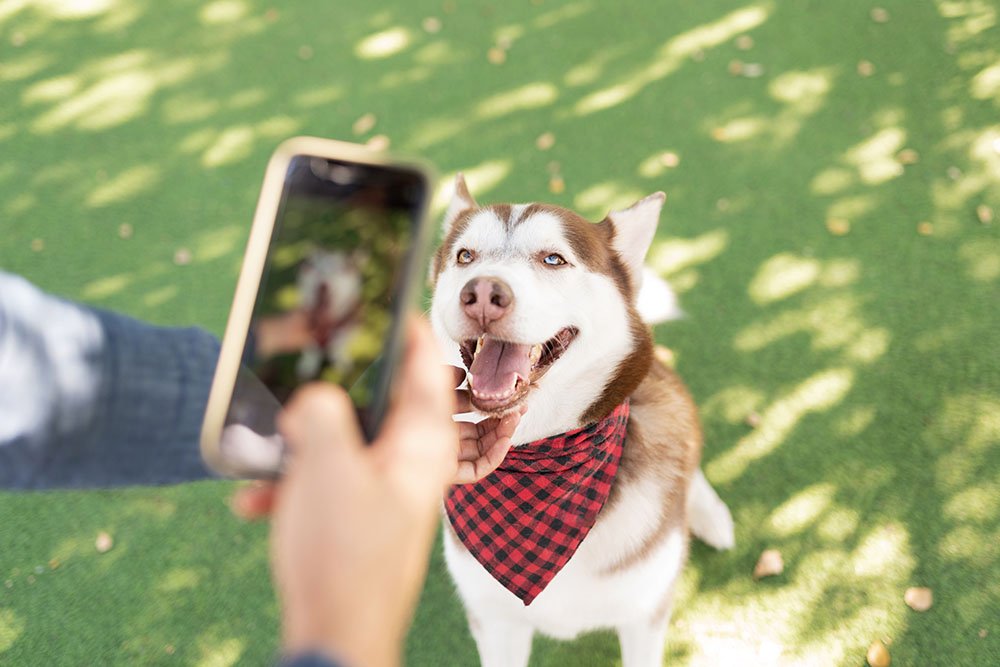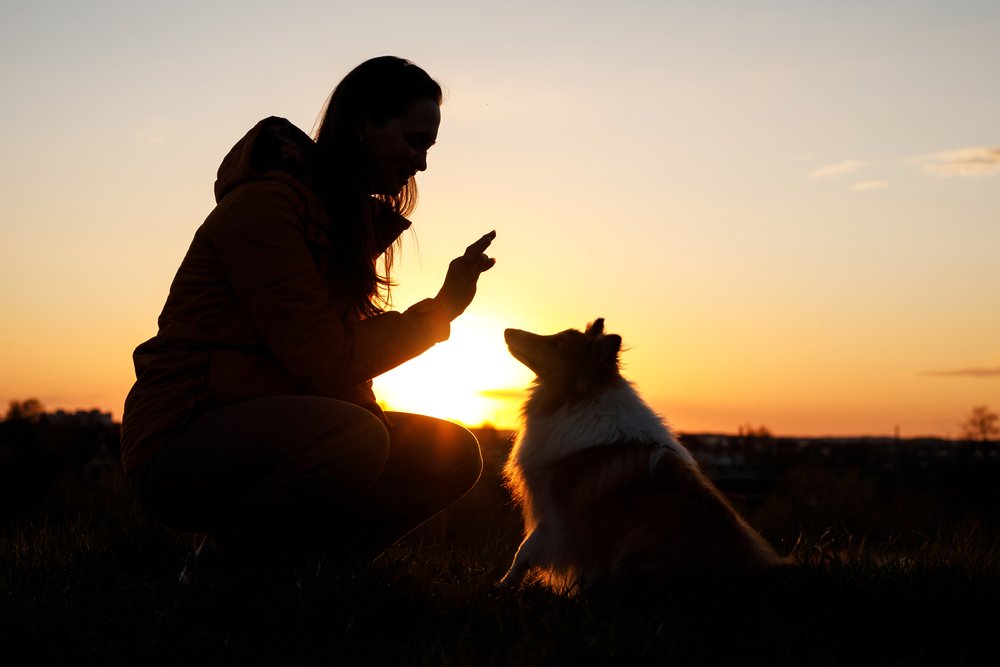What if your furry friend could learn new tricks and improve their behavior while deepening your bond? January brings a fantastic opportunity to do just that with National Train Your Dog Month. This event encourages you to prioritize training and to enhance the experience of pet ownership.

This image is property of www.dogster.com.
Overview of National Train Your Dog Month
National Train Your Dog Month is celebrated every January and has its roots in 2010 when the Association of Pet Dog Trainers (APDT) established it. This initiative is all about raising awareness regarding the significance of training, especially for those dogs that find themselves in new homes after the holiday season. Adopting a pet is a joyful occasion, but it comes with responsibilities that include training and socialization.
This month-long celebration serves as a reminder not only for new dog owners but also for those who may have neglected their dog’s training. Proper training is vital for ensuring your dog is well-behaved, understands basic commands, and feels secure in their home environment.
Activities to Celebrate National Train Your Dog Month
Celebrating this month can be fun and rewarding for both you and your pet. Here are some activities you can incorporate into your routine to make the most of National Train Your Dog Month.
Teach New Tricks
Teaching your dog new tricks might sound daunting, but it can actually be a delightful experience. You might consider starting with simple tricks like shaking paws, rolling over, or even fetching specific items. Keeping sessions short and fun can help maintain your dog’s interest and excitement.
A consistent training schedule, even if it’s just 10 to 15 minutes a day, can lead to significant progress over time. Reward your dog with treats or praise to reinforce positive behavior.
Furry Fridays
Every Friday in January can be designated as Furry Friday. This is your time to create special bonding moments with your pet. Plan activities like long walks in the park, snuggling up for a movie night, or engaging in interactive games. Not only does this provide physical exercise for your dog, but it also heightens the emotional connection between the two of you.
Consider inviting friends over for a “doggy playdate,” as socialization can be incredibly beneficial. This can serve as another great opportunity to reinforce training in a lively, supportive way.
Social Media Sharing
In the age of social media, why not turn training milestones into a community celebration? Sharing photos and videos of you and your dog can foster a sense of camaraderie among fellow pet owners. You can join special hashtags for National Train Your Dog Month and connect with others who share similar goals.
Encouraging others to share their stories and tips can create an uplifting atmosphere where everyone learns from each other. Not only does this make training fun, but it adds an element of accountability.

This image is property of www.dogster.com.
Importance of Dog Training
Training your dog holds profound importance, and it affects various aspects of life together. Here are some key reasons why you must invest time and effort into dog training.
Preventing Abandonment
One significant reason for focusing on dog training during this month is to help prevent behavior issues that lead to abandonment. Many dogs end up in shelters because their owners couldn’t manage undesirable behaviors, such as excessive barking or lack of socialization.
Through consistent training, you can address these concerns, making for a happier home and reducing the likelihood of your dog being surrendered. Training not only equips your dog with necessary skills but makes them more adaptable to various situations.
Strengthening the Bond
Training provides an excellent opportunity for you to develop a deeper connection with your pet. The process of learning together fosters trust, communication, and understanding between you and your furry companion.
When your dog learns to respond to commands, it not only enhances their behavior but also boosts their confidence. A more confident dog is often more relaxed and happy, creating a joyful atmosphere at home.
Training Do’s and Don’ts
Training effectively requires understanding what methods work best for your dog. Here are some essential do’s and don’ts to keep in mind.
Do: Reward Positive Behavior
One of the best ways to train your dog is by rewarding their positive behavior. Whether it’s with treats, toys, or verbal praise, providing positive reinforcement can motivate your dog to repeat desirable actions.
Do: Keep Sessions Short
Dogs, especially puppies, have short attention spans. Keeping training sessions brief—around 5 to 10 minutes—will allow your dog to stay engaged and focused. You can always have multiple sessions throughout the day to reinforce learning without overwhelming your pet.
Do: Introduce Commands Gradually
When teaching your dog new commands, introducing one at a time is crucial. This helps them to focus on mastering one task before moving on to the next.
Don’t: Use Negative Reinforcement
It’s crucial to avoid negative reinforcement techniques, such as yelling or using aversive tools. These methods can lead to fear and anxiety, which may worsen behavioral issues. Instead, focus on positive techniques that foster trust and cooperation.
Don’t: Extend Training Times Excessively
While practice is essential, extended training sessions can lead to frustration for both you and your pet. If your dog seems to lose interest or becomes stressed, it’s best to conclude the session on a positive note and try again later.
Don’t: Mix Commands
Ensure that you use consistent language and cues when training your dog. Mixing commands or using similar phrases for different actions can confuse your pet. Stick to one clear command per behavior for effective learning.

This image is property of www.dogster.com.
Finding a Dog Trainer
While you can certainly handle some training on your own, enlisting the help of a professional can provide a significant advantage. Here’s how to find the right dog trainer for you.
Conduct Research
Start by researching local dog trainers in your area. Look for trainers with positive reviews and credentials to ensure they have the necessary expertise. Consider that each trainer may have different training philosophies, so it’s vital to find one that aligns with your values.
Ask for Recommendations
Don’t hesitate to reach out to friends, family, or your veterinarian for recommendations. Local animal shelters may also have contacts with reputable trainers, which can be invaluable for your search.
Attend Classes or Consultations
Before committing, consider attending a class or consultation. This allows you to observe the trainer’s methods and see how they interact with the dogs. It’s also an excellent opportunity to ask questions and clarify any concerns you may have.
Conclusion
January is an ideal time to dedicate yourself to training your dog and fostering an incredible bond with your furry friend. By leveraging the activities, understanding the importance of training, and following the do’s and don’ts, you set your pet up for success.
Regardless of when you start, remember that dog training doesn’t have to be limited to just this month. Anytime is a great time to invest in your dog through proper training, ensuring a happier and healthier relationship in the long run. So why wait? Start today on this path of growth and connection with your beloved pet.

This image is property of www.dogster.com.



